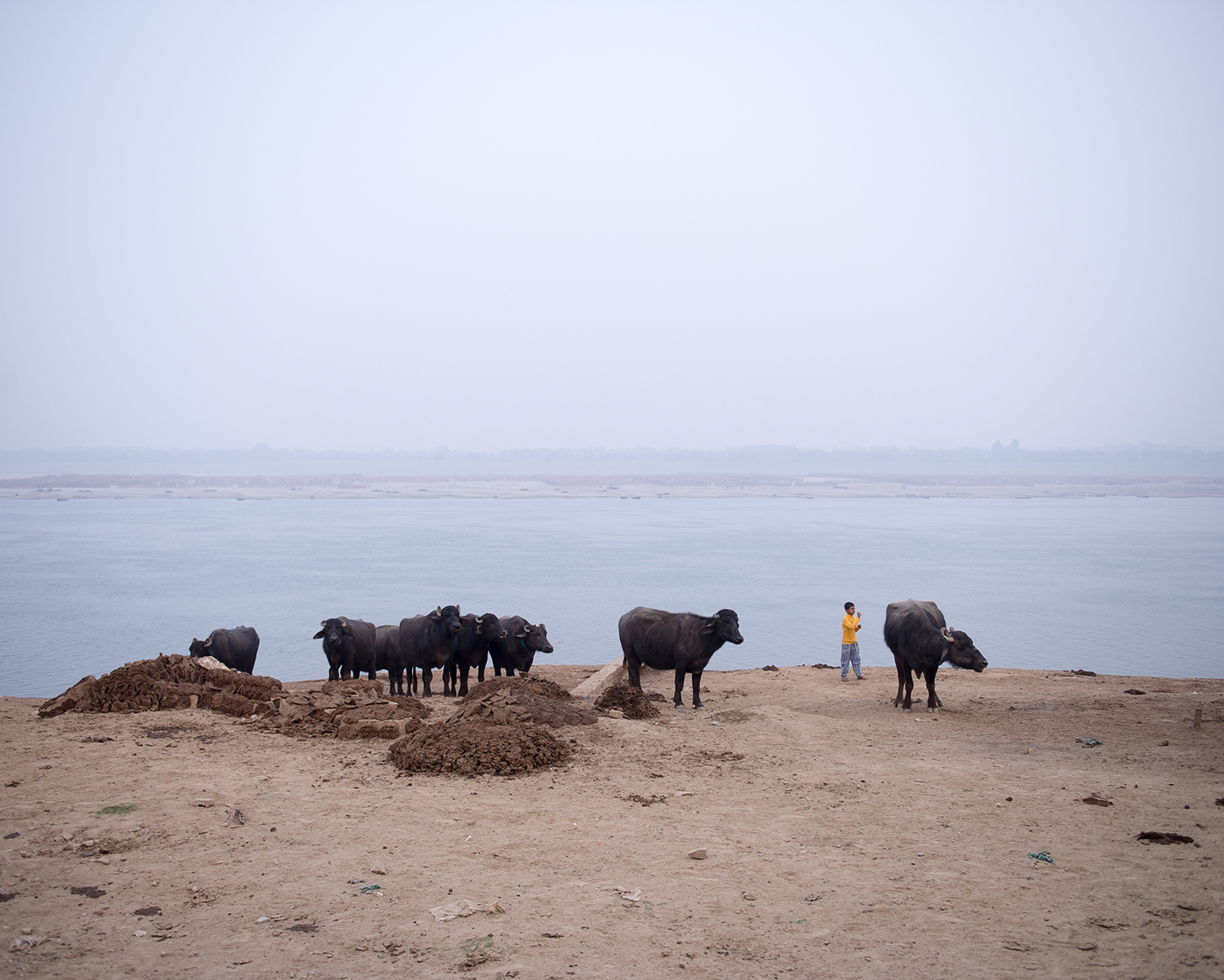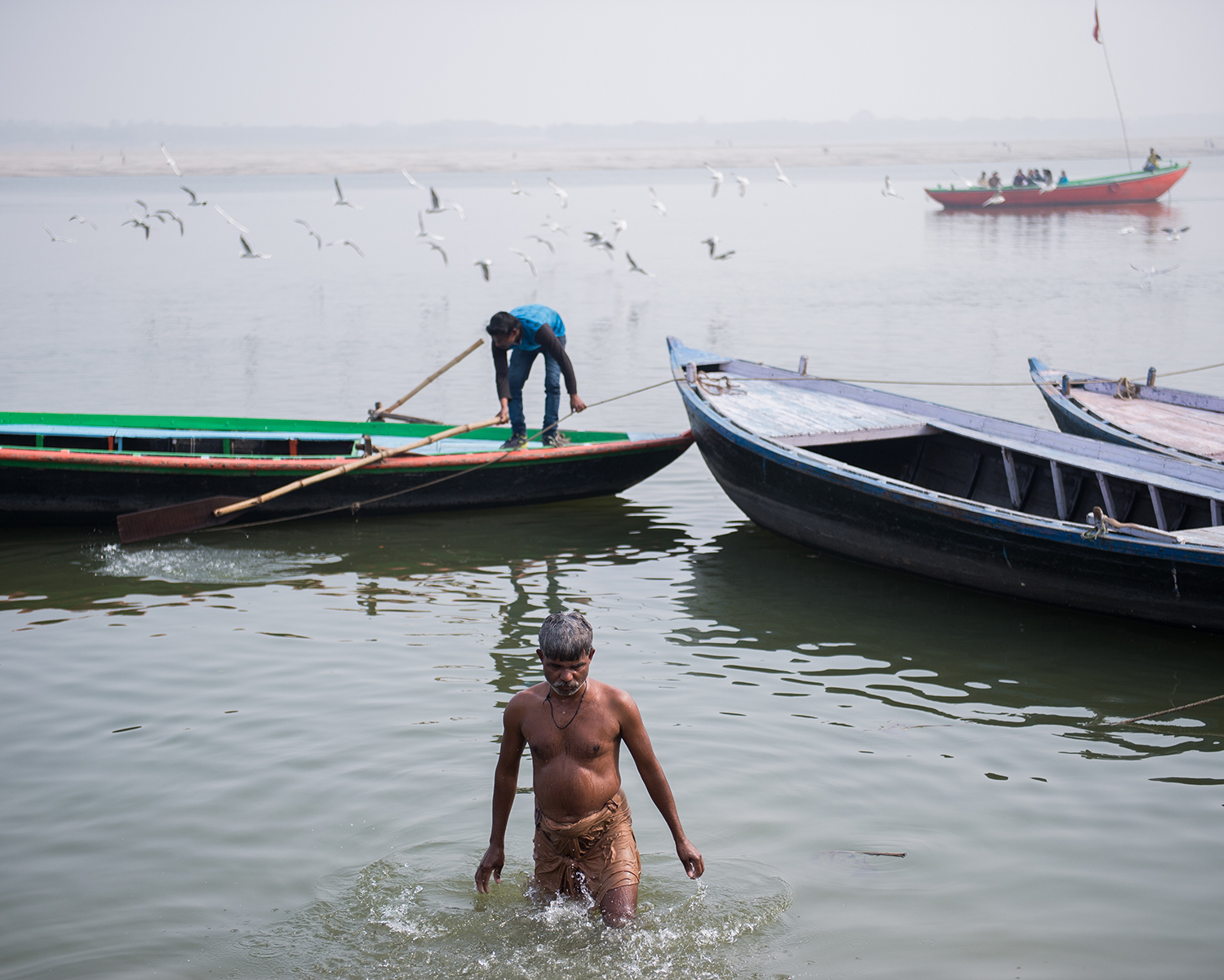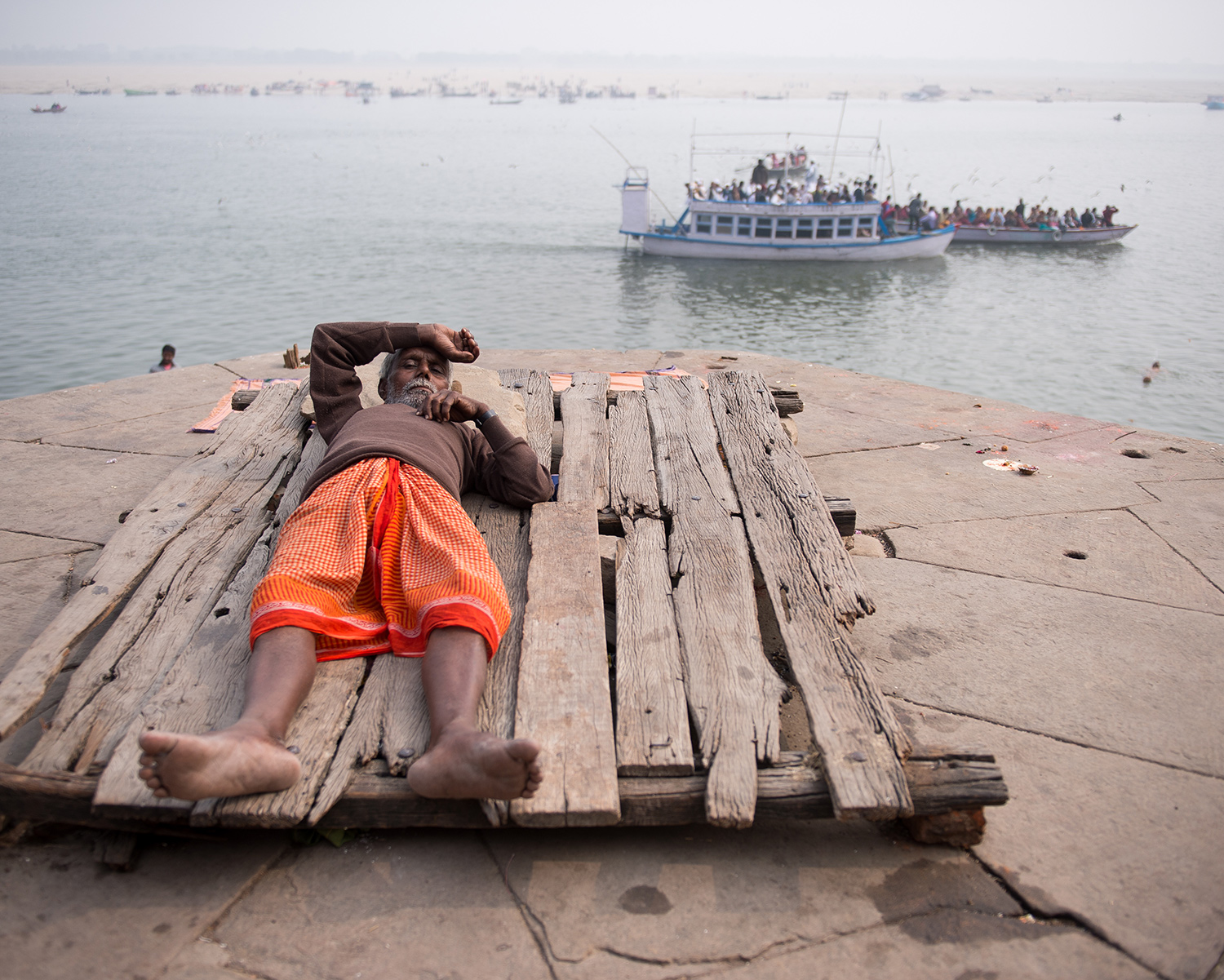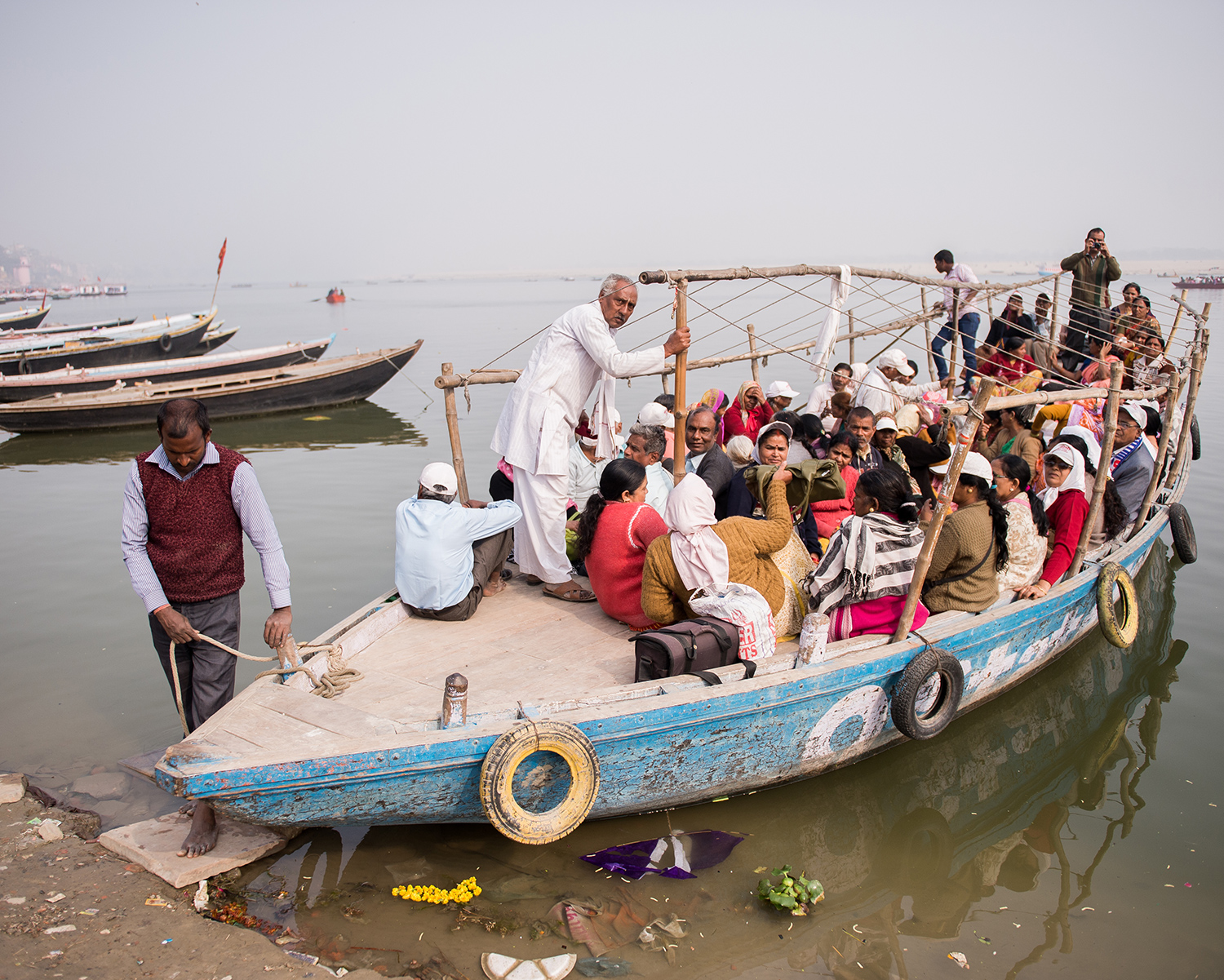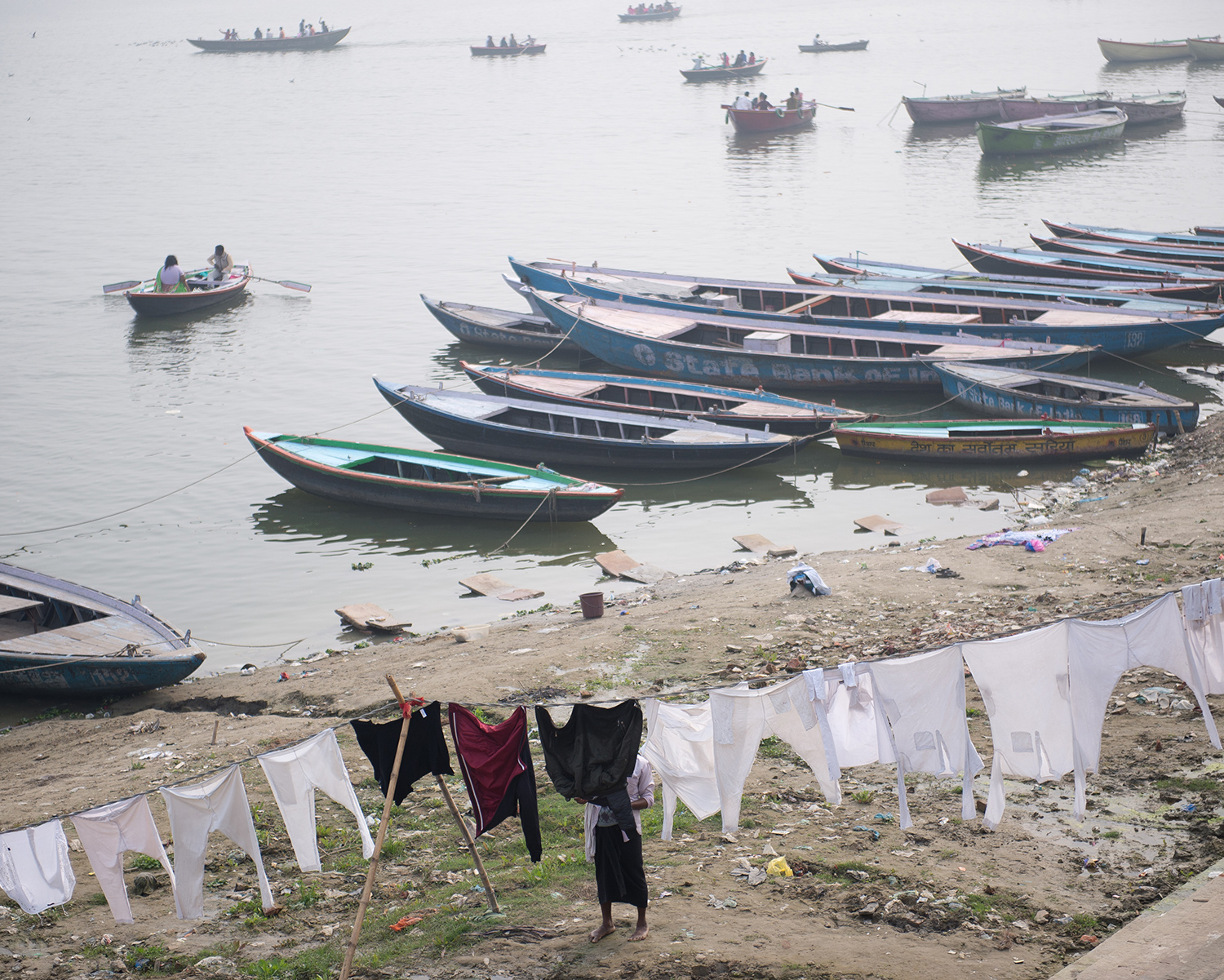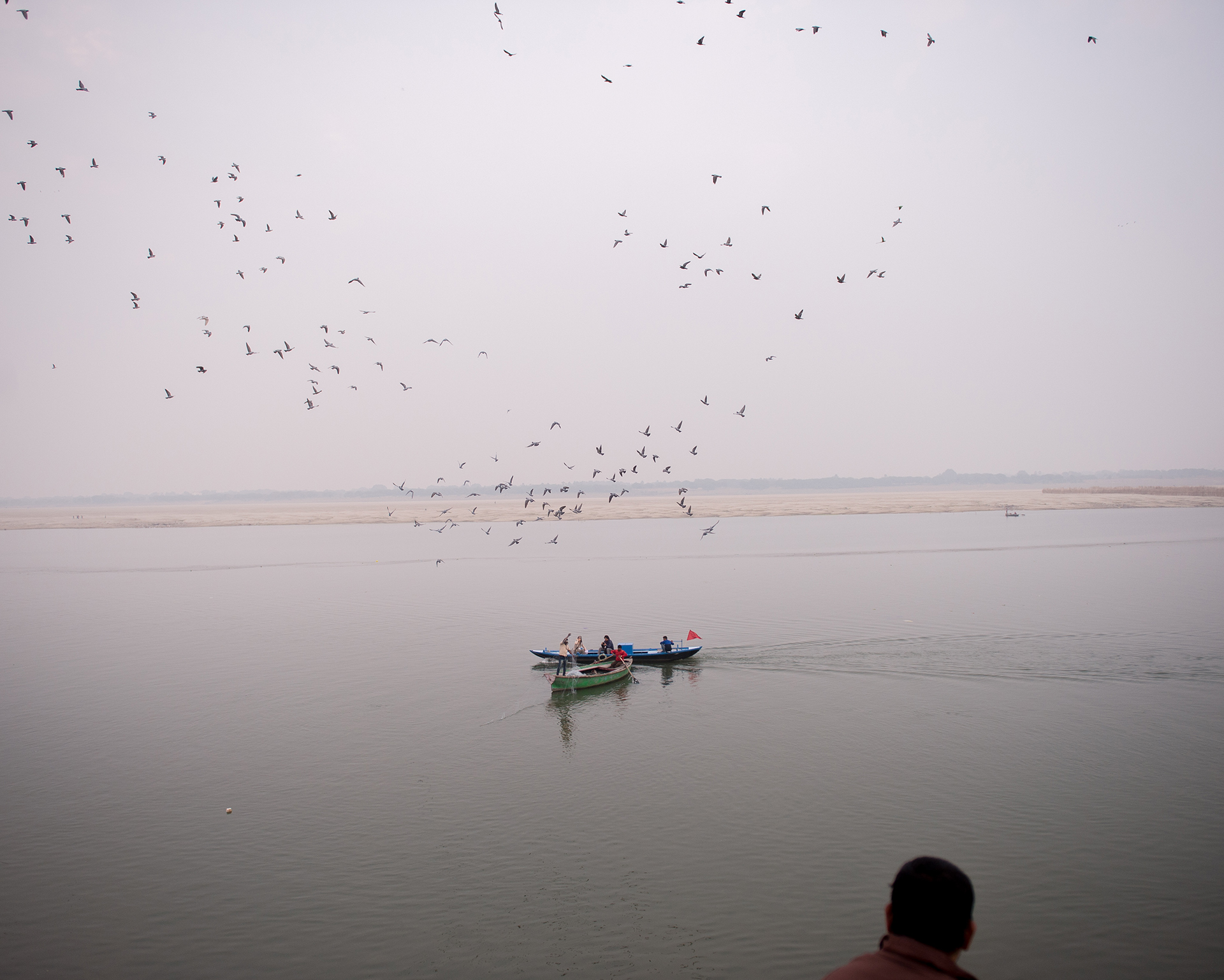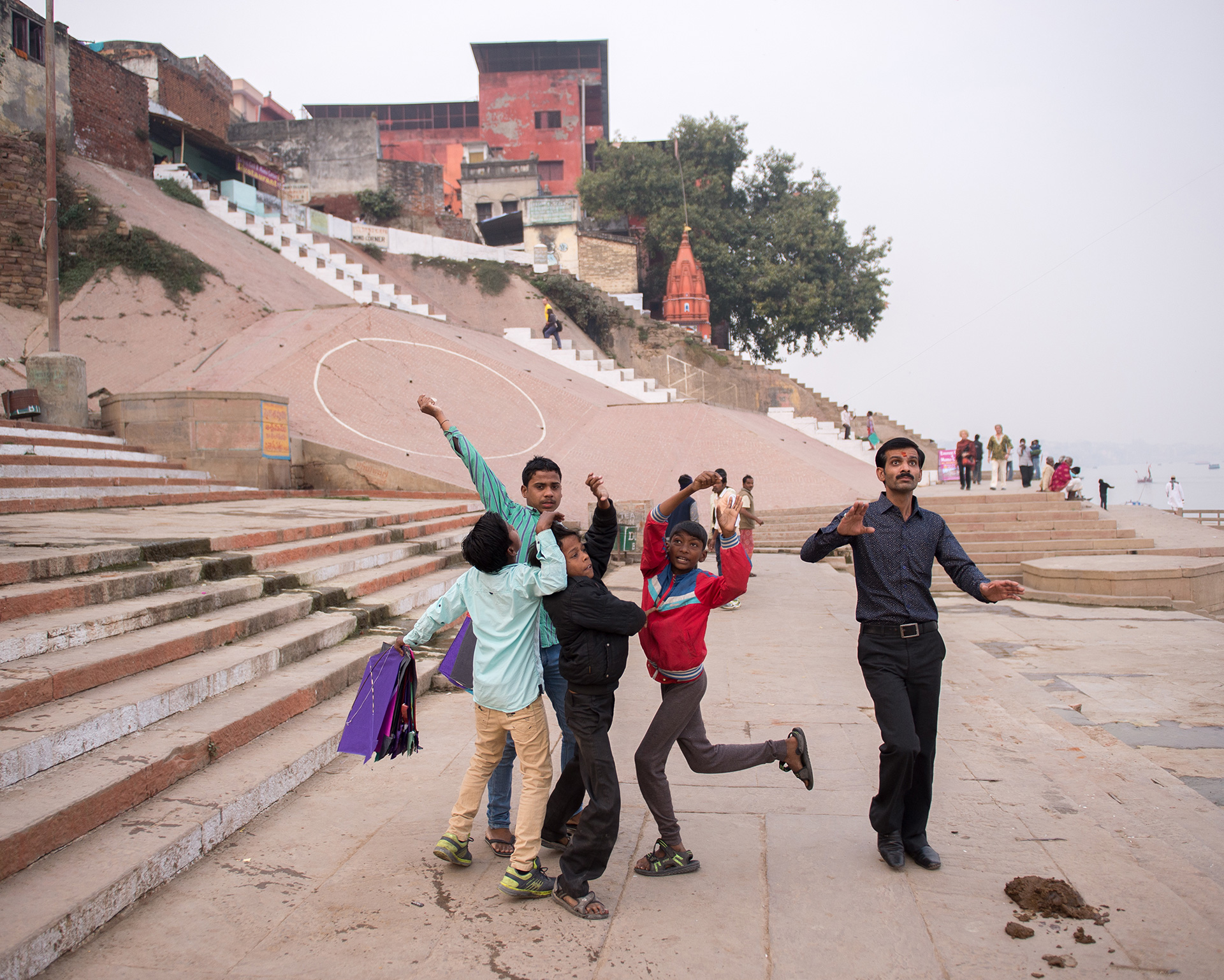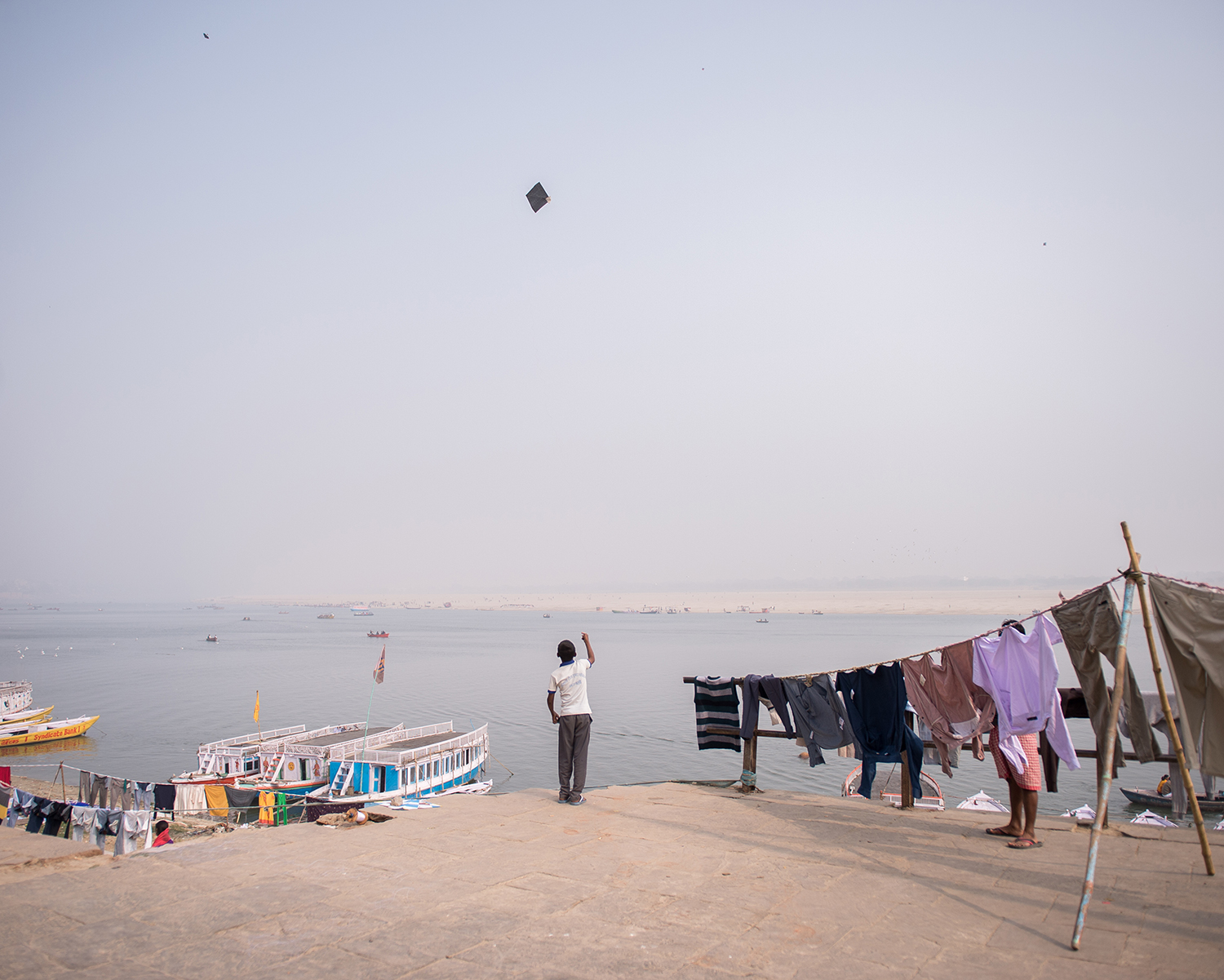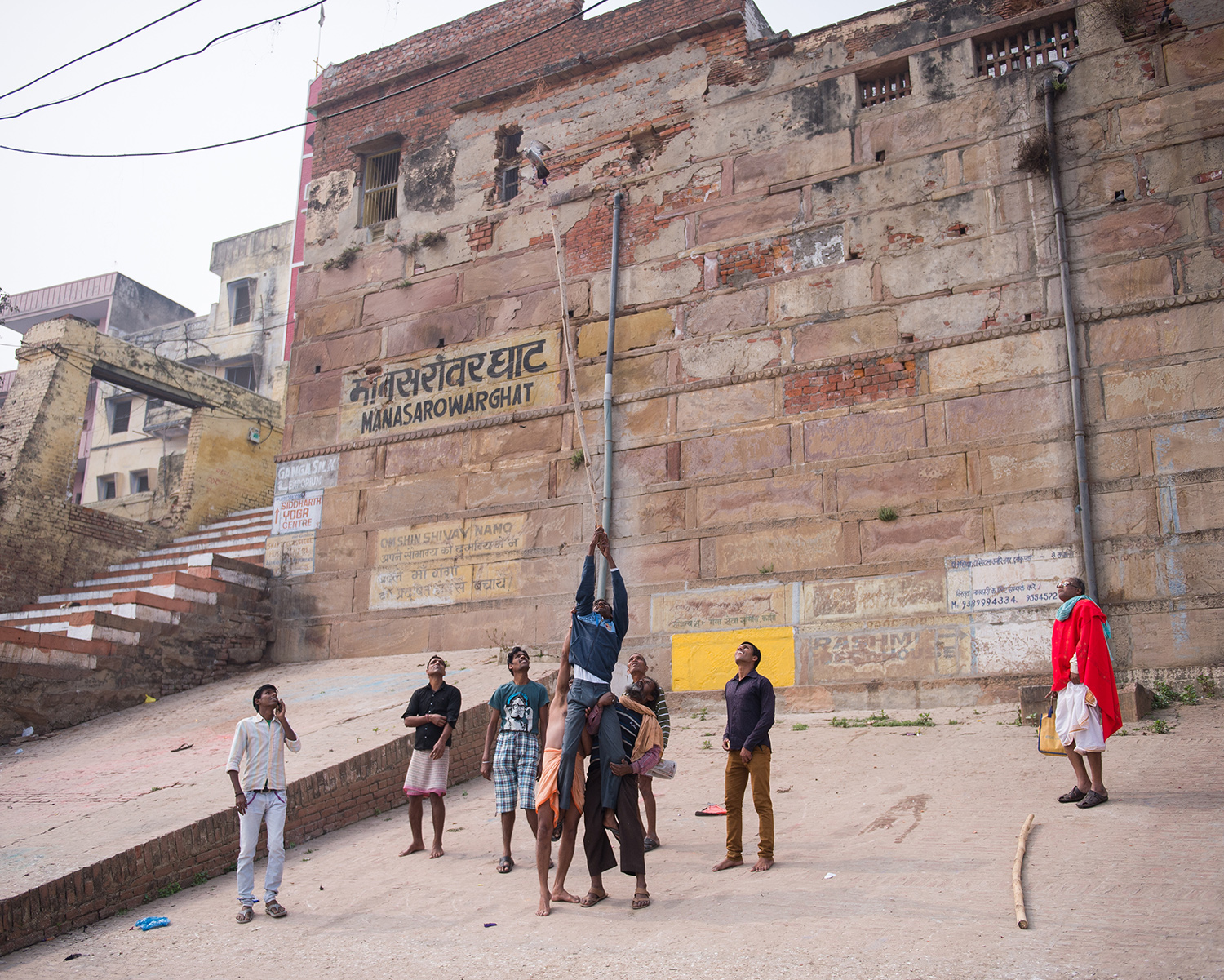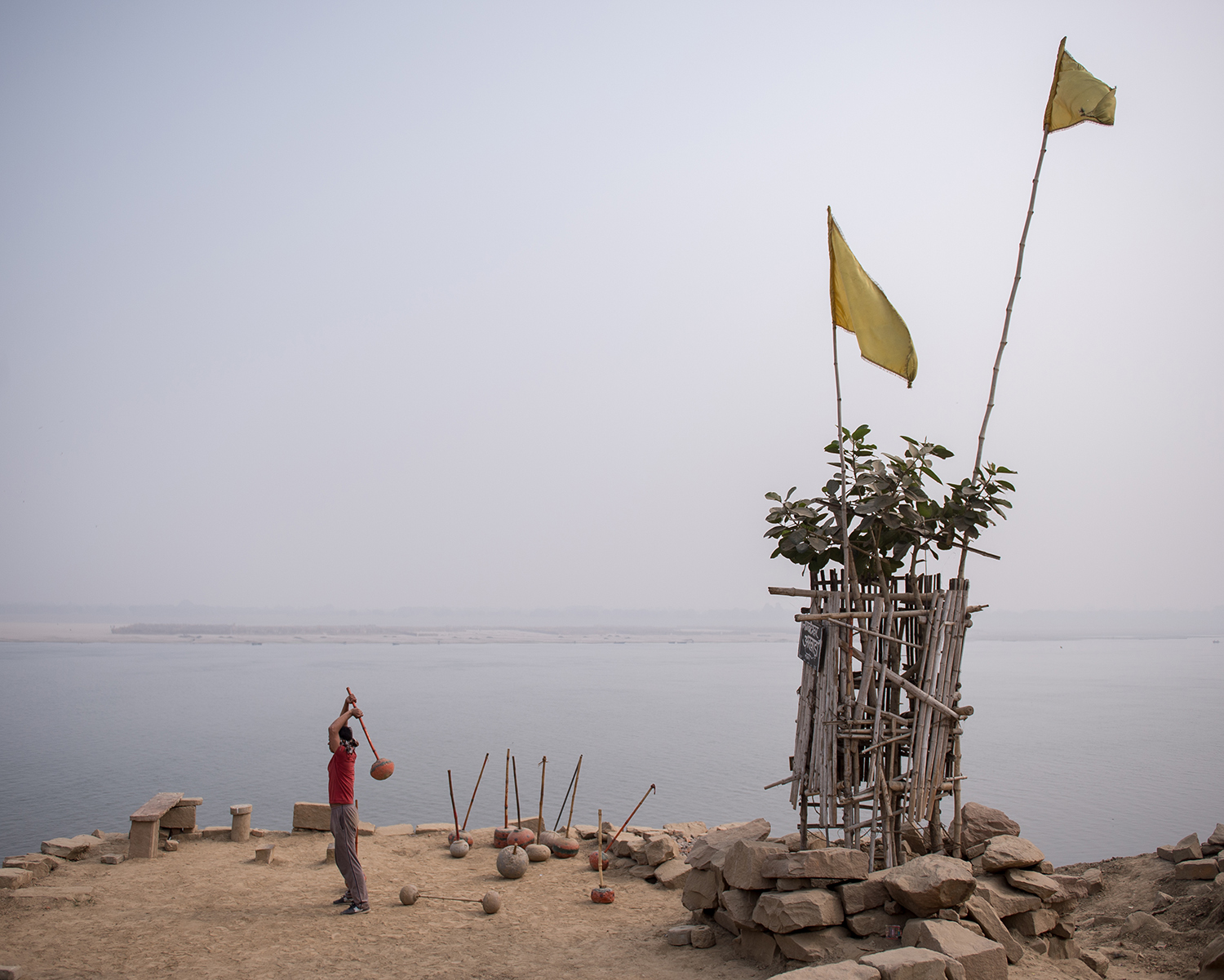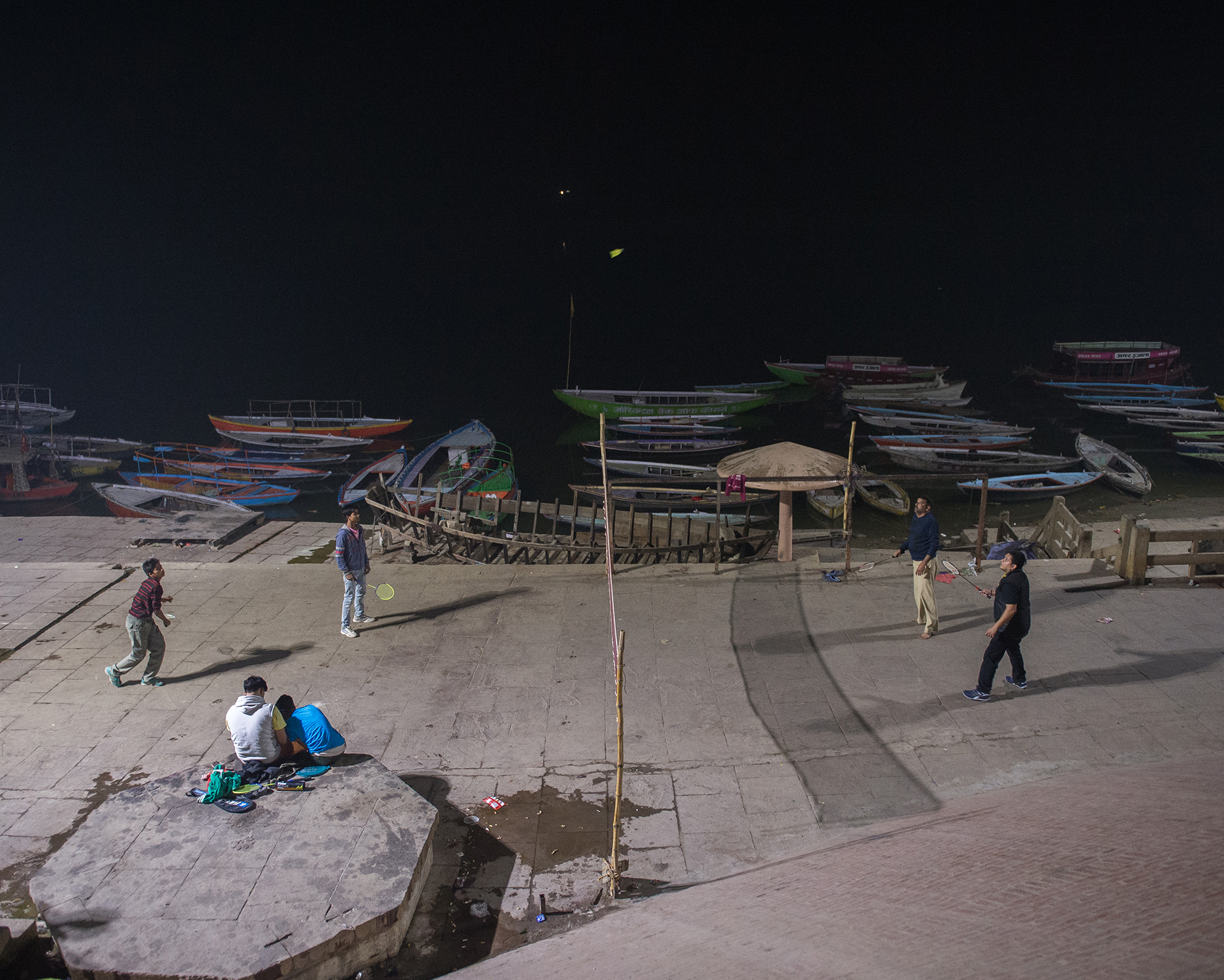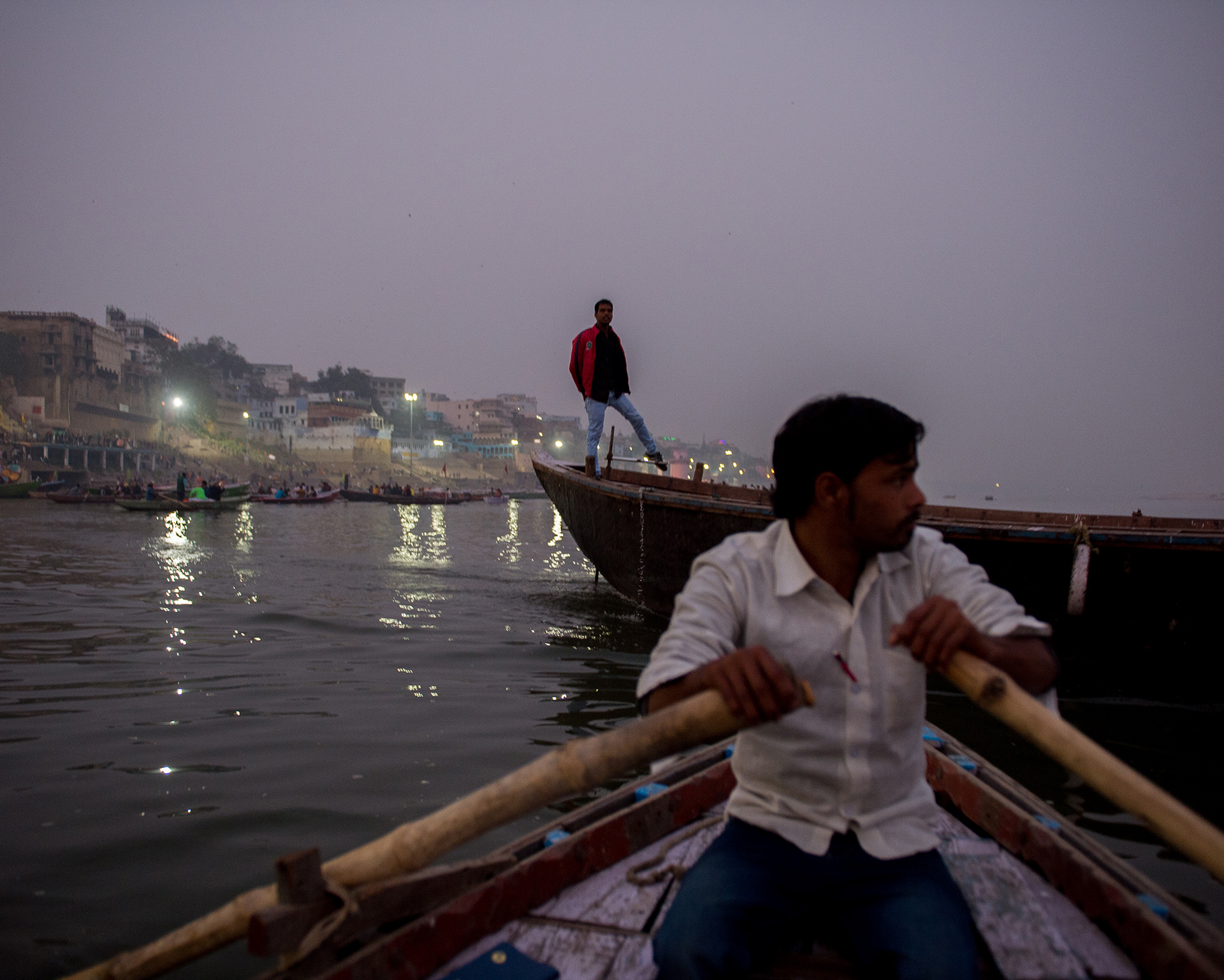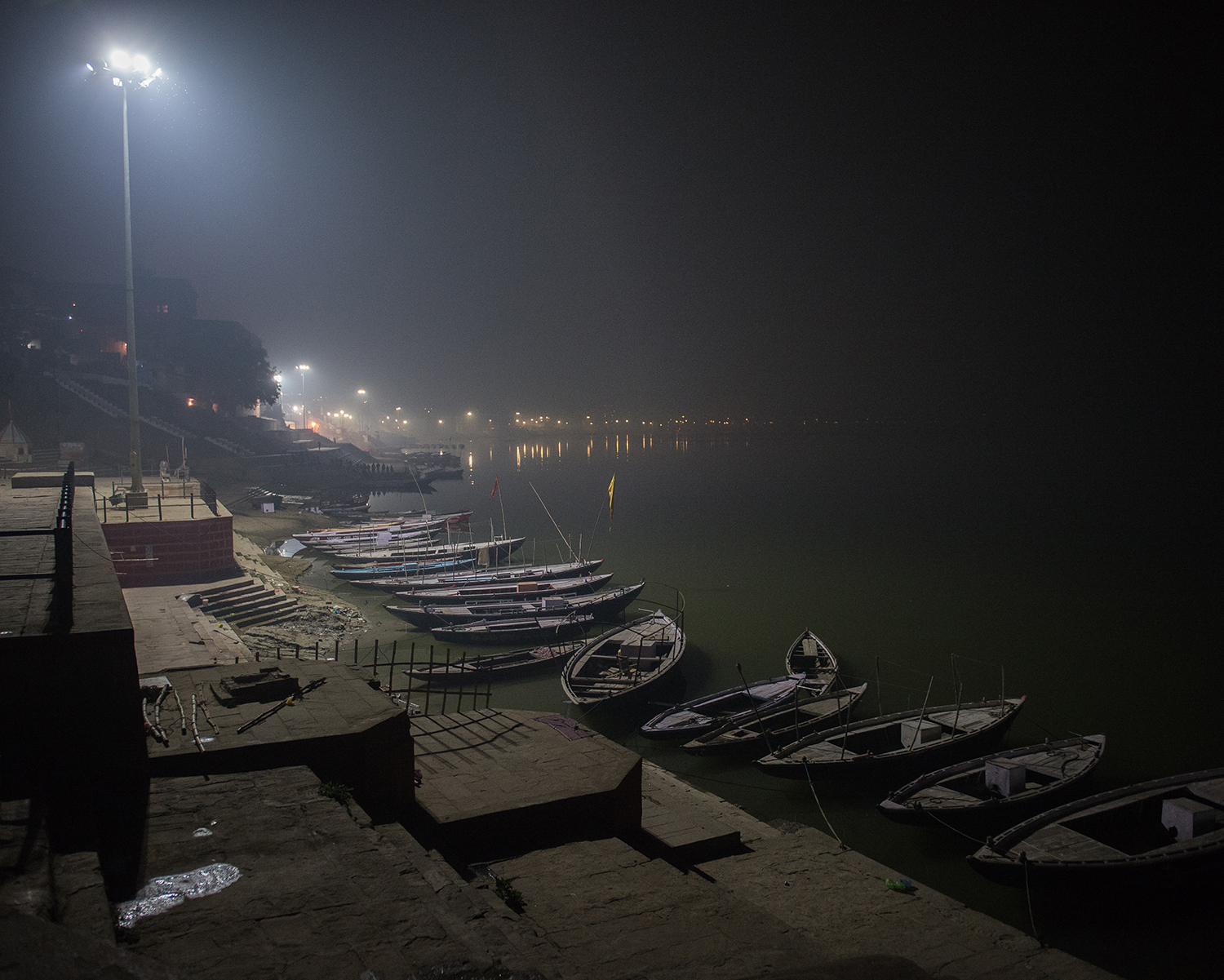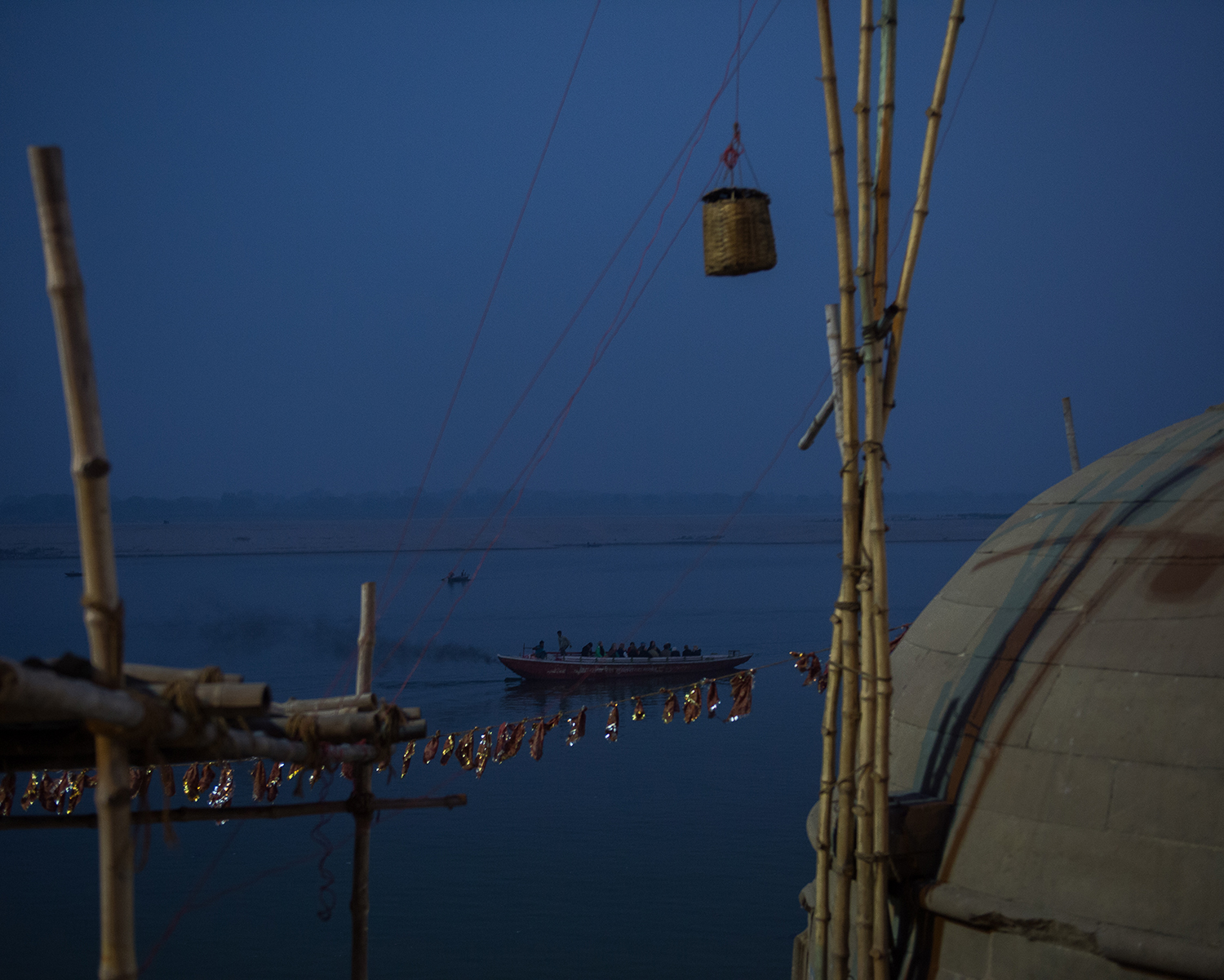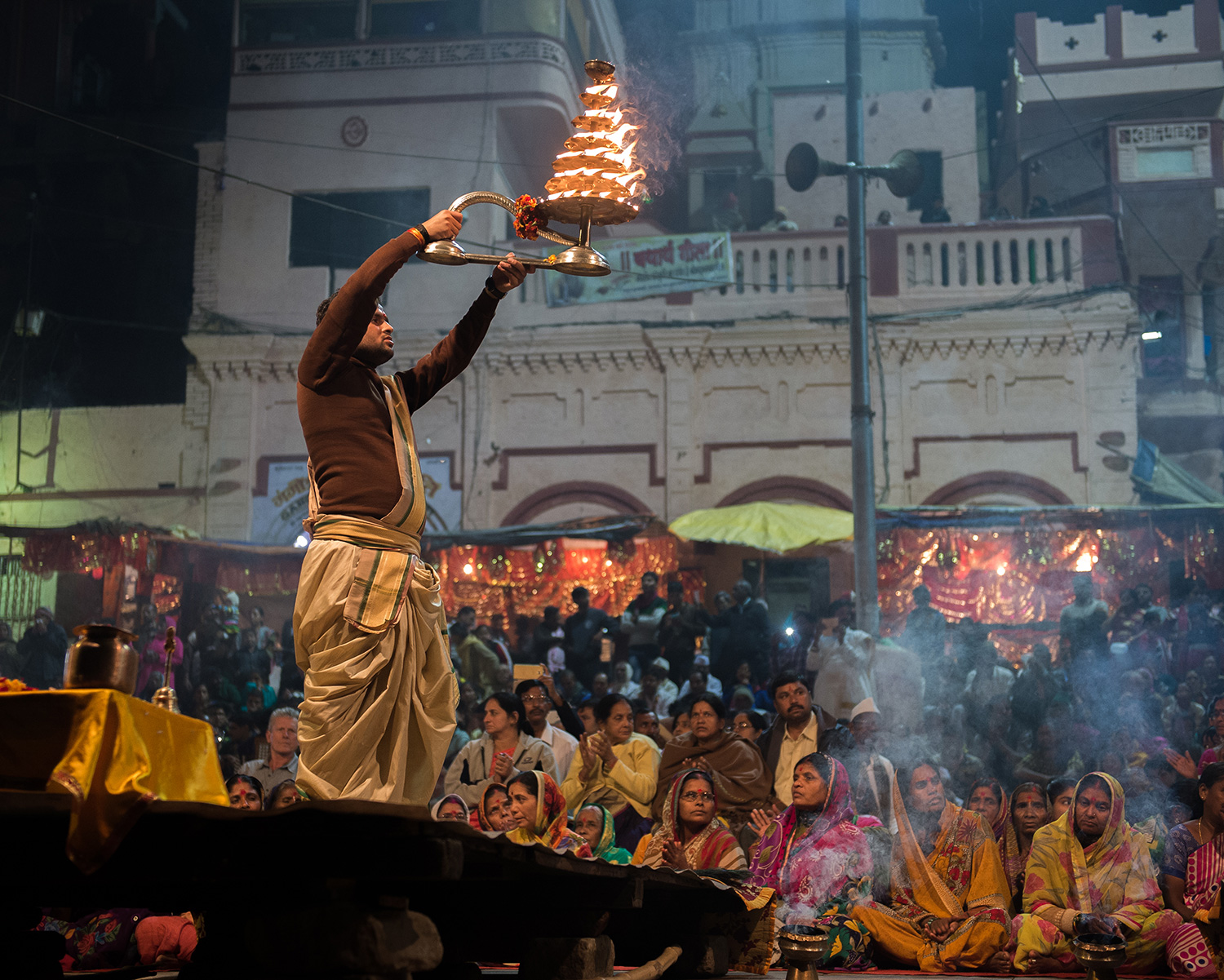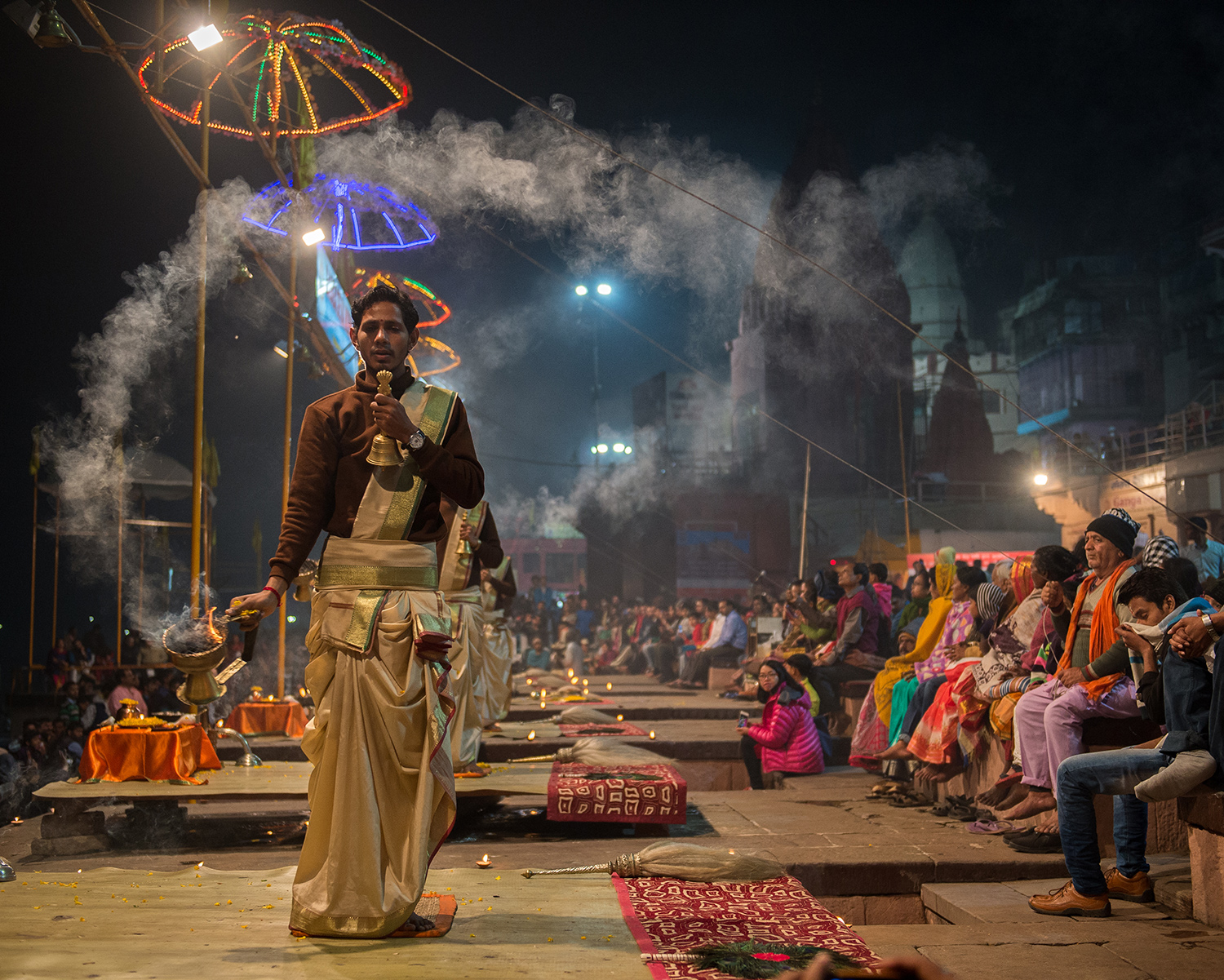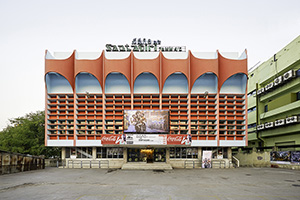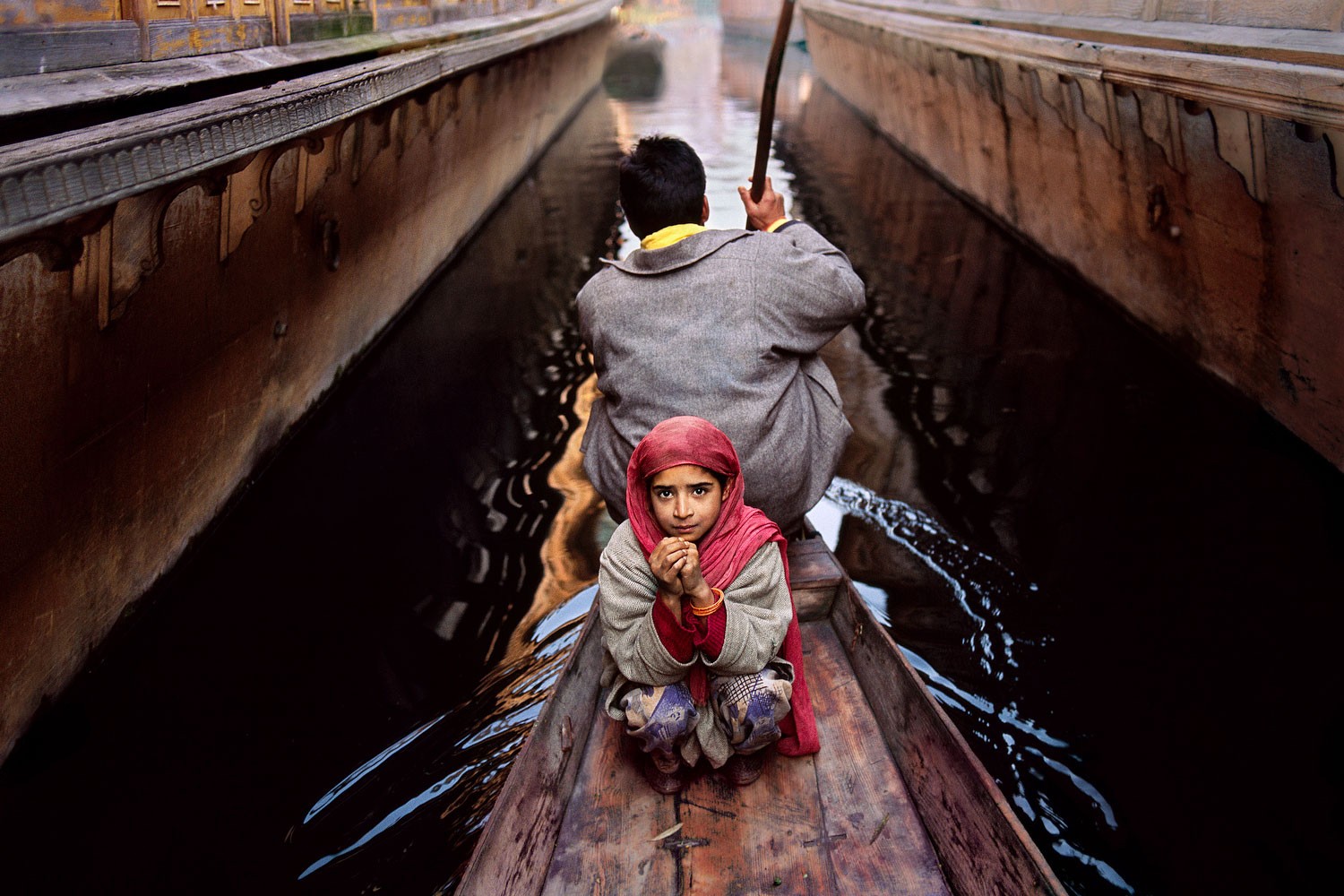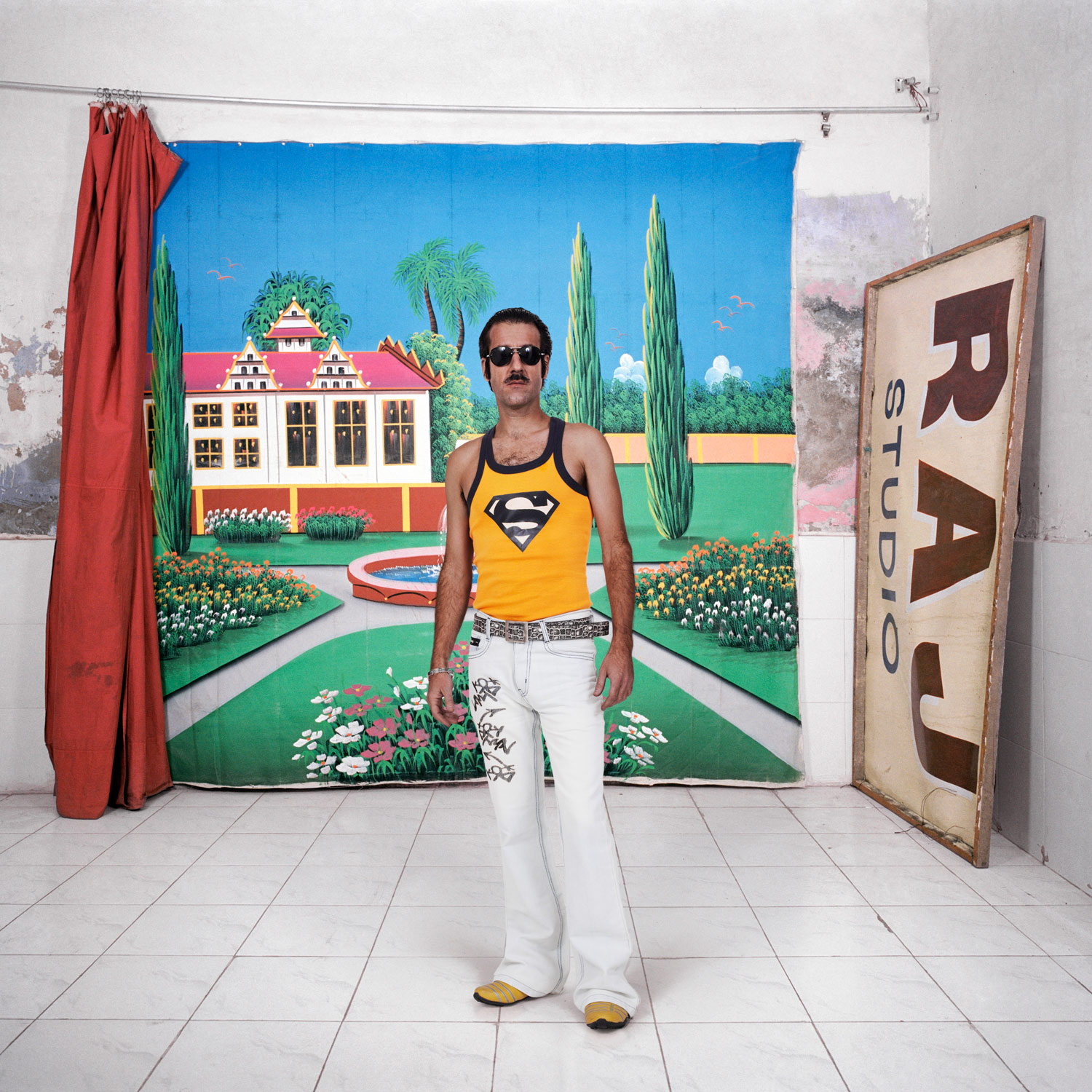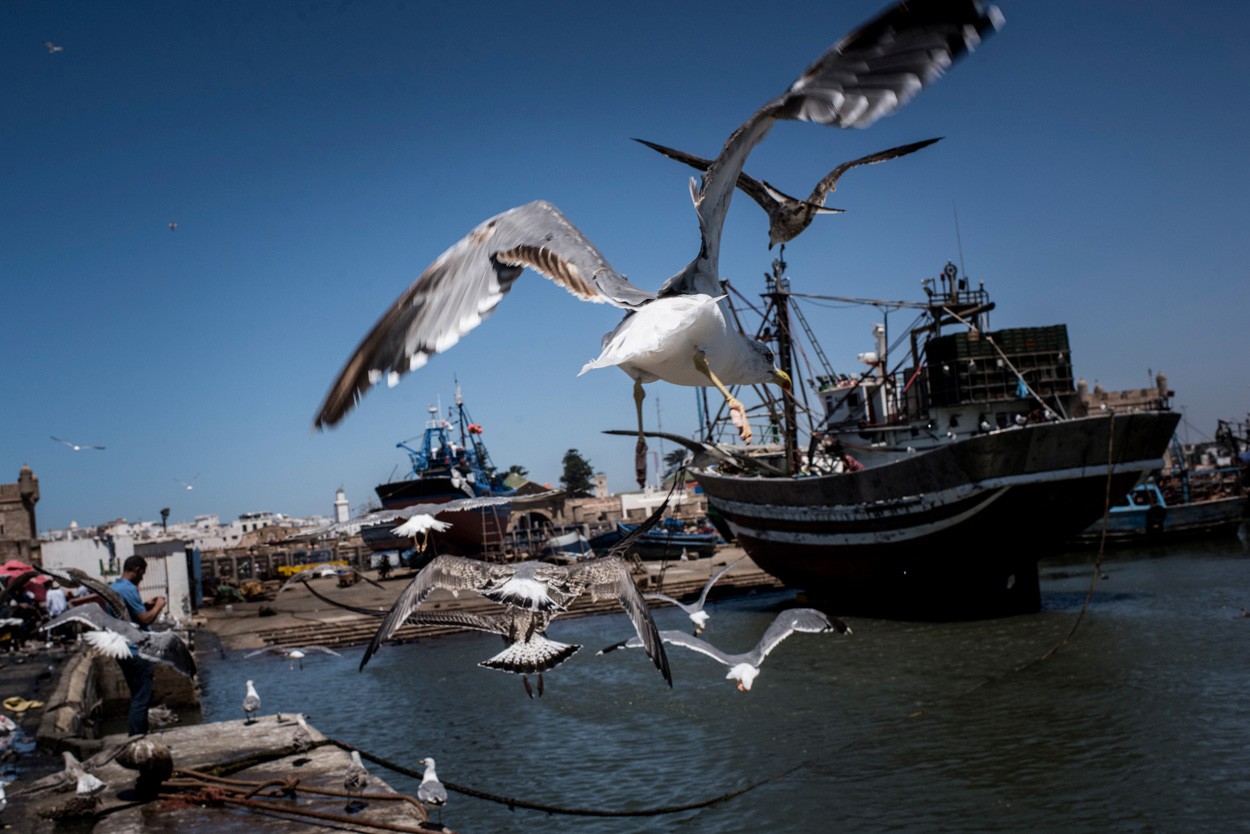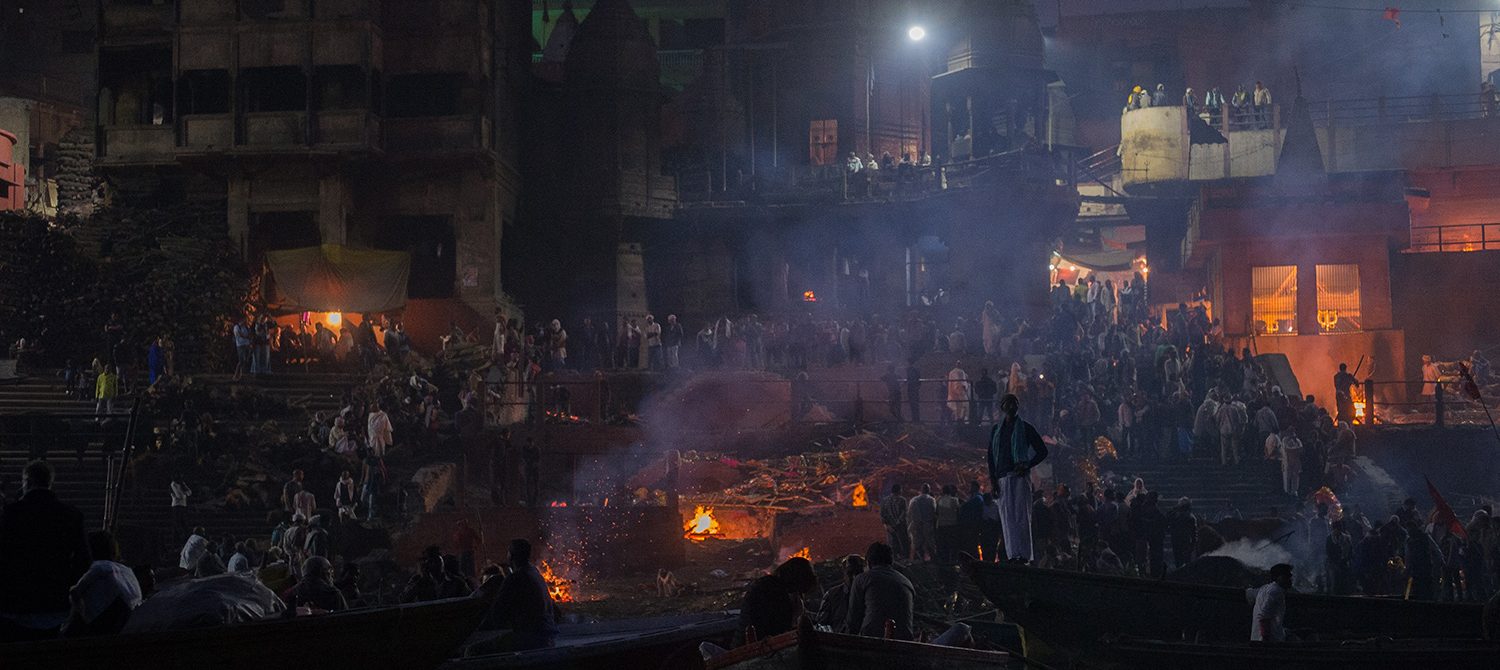
Hot Heads: Report from the City That Bans Photographers from Shooting

Lives in Moscow. Has a degree in journalism from Moscow State University. Until 2014 worked as staff photojournalist for RIA Novosti information agency. Currently freelances, his clients include Agence France-Presse.
— Varanasi is almost the same for Indians as the Vatican is for Catholics. It is one of the oldest cities in the world with its almost 3,000 years of history, and the locals believe it is even older.
Varanasi is the main destination for Indian pilgrims. They believe that this city is the center of the world. The religious activities in Varanasi are concentrated on the embankments of the Ganges where Hindus perform their most popular ritual — ablution. Every day, tens of thousands of Indians come to the city to do it.
At the same time, with ablutions the regular laundry washing is also happening by the river.
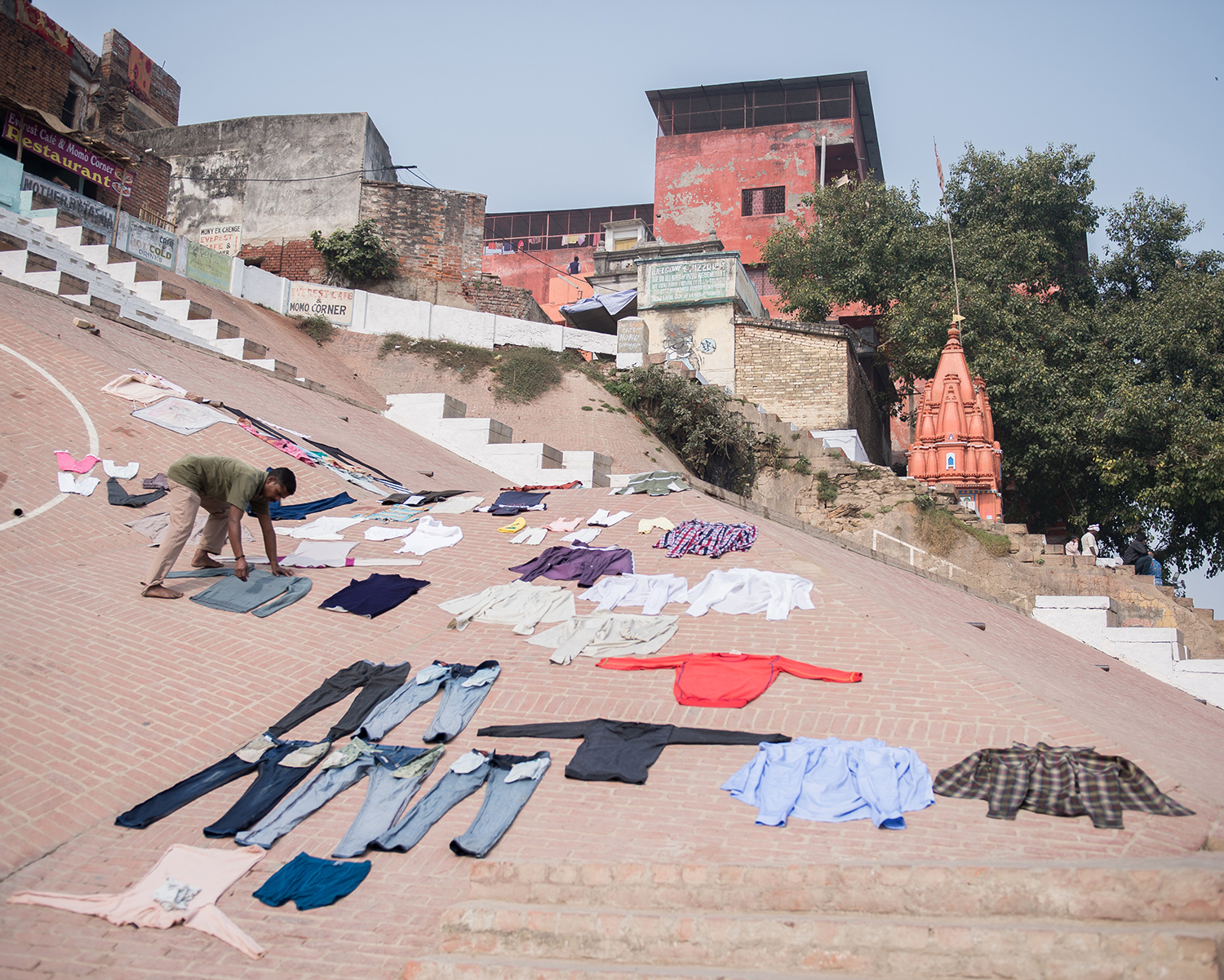
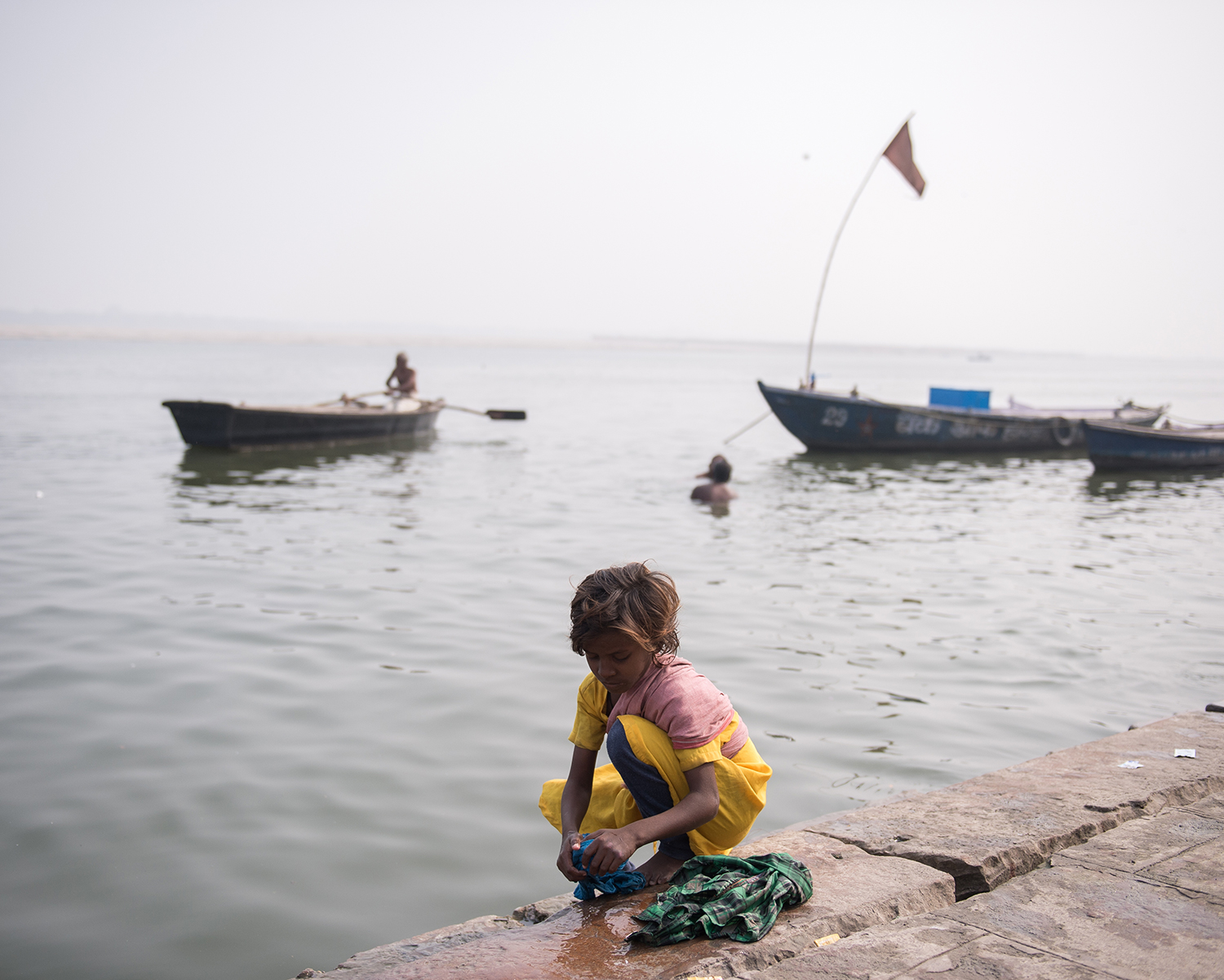
The embankments of Ganges have ghats, which are stone steps for performing ablutions, built for the believers. There are more than 80 of them.
Dashashwamedh Ghat and Assi Ghat are the most sacred for Indians. Ganga Aarti ceremony, a sacrifice to the deity of the Ganges, is performed on them every night. People watch this ceremony both from the embankments and from the water.
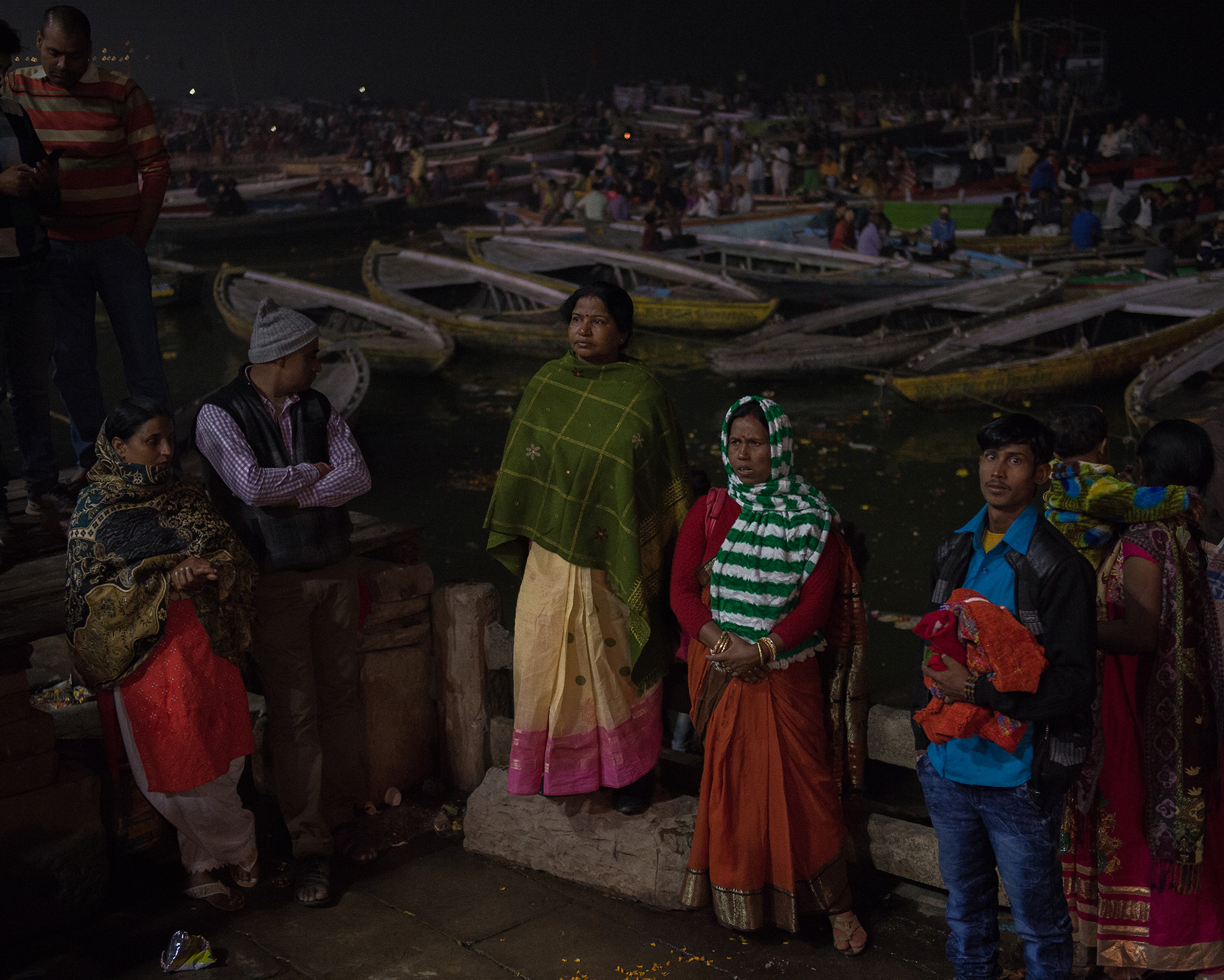
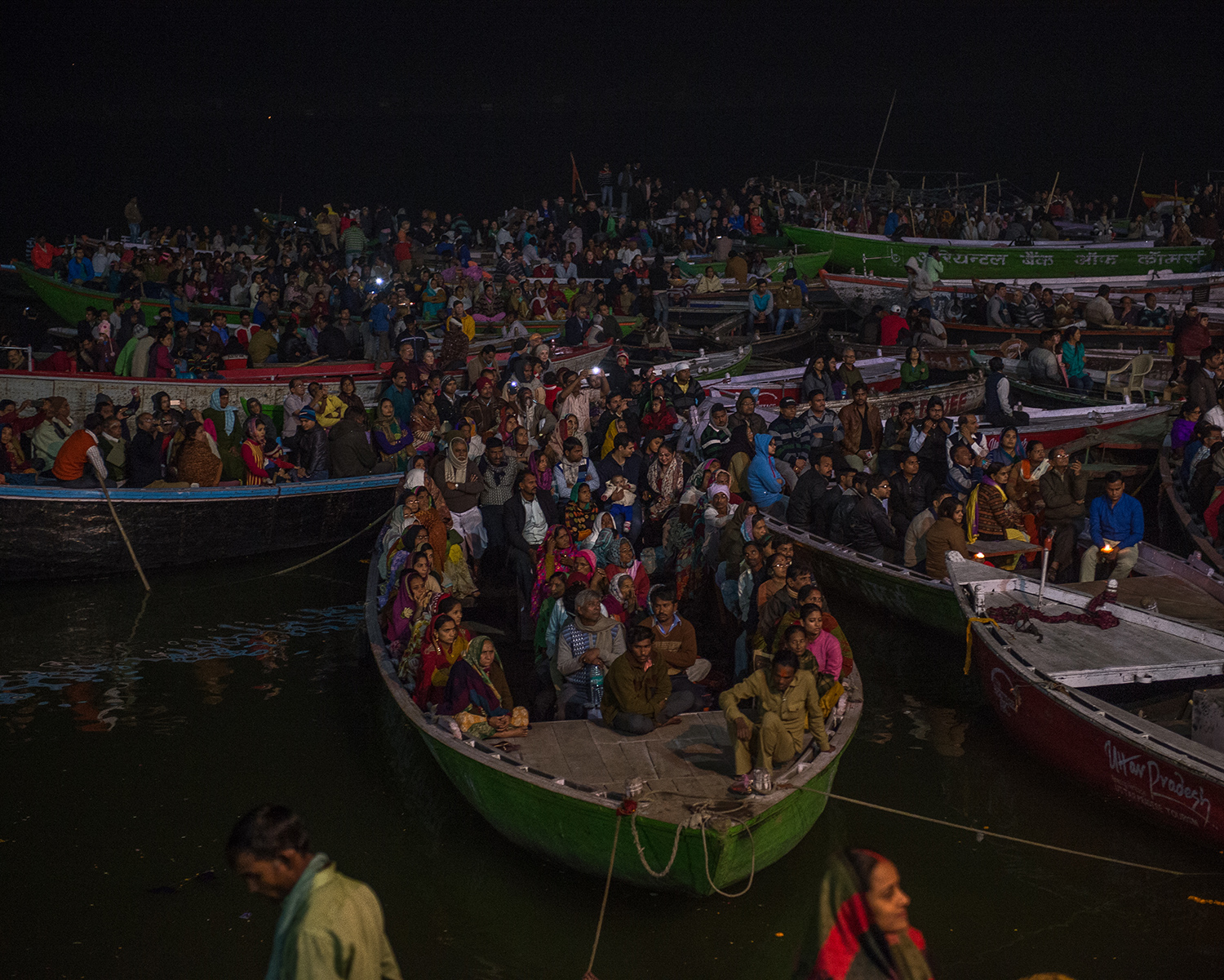
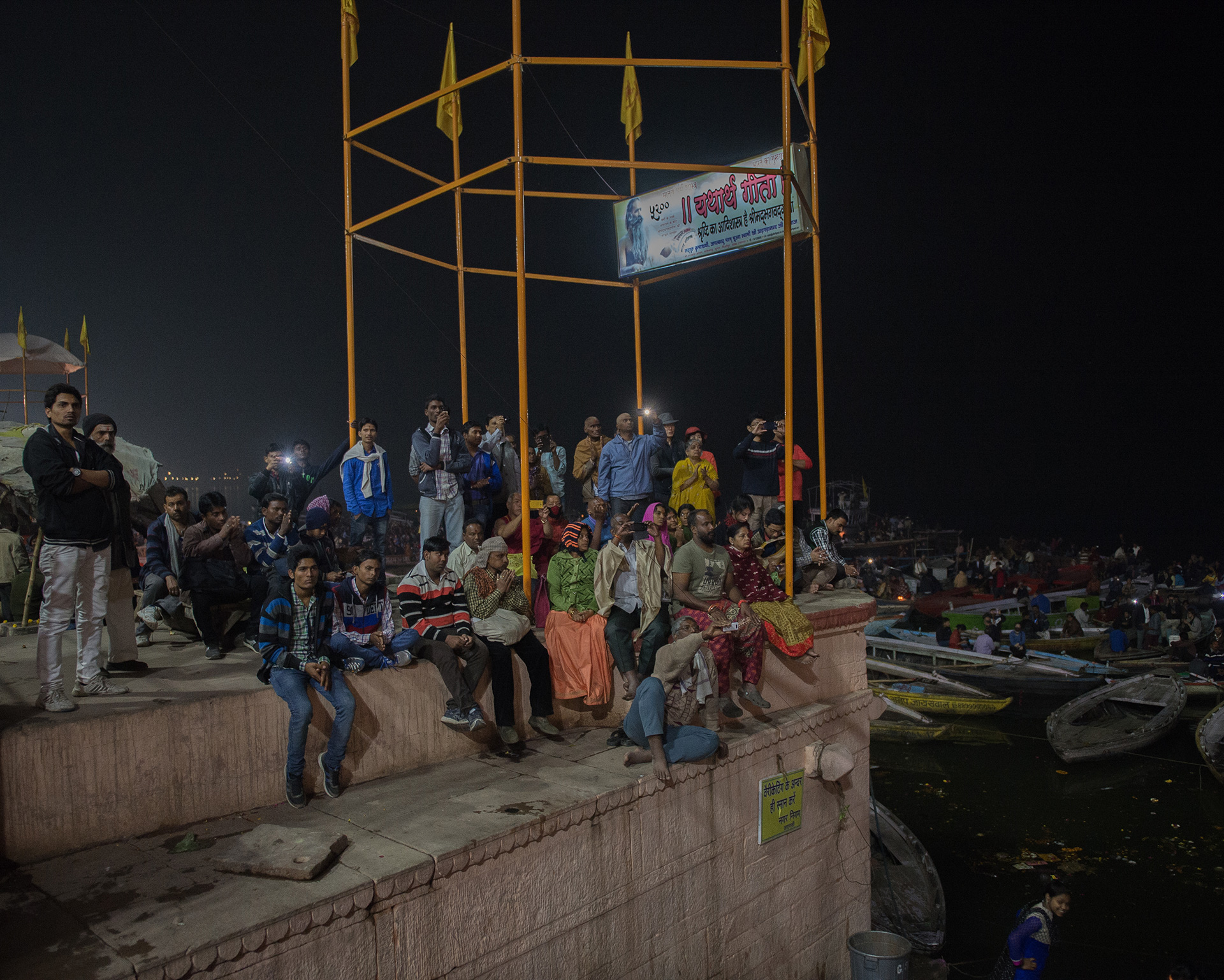
Manikarnika Ghat and Harish Chandra Ghat have special sites for cremation. Every day hundreds of bodies of Hindus are burnt there.
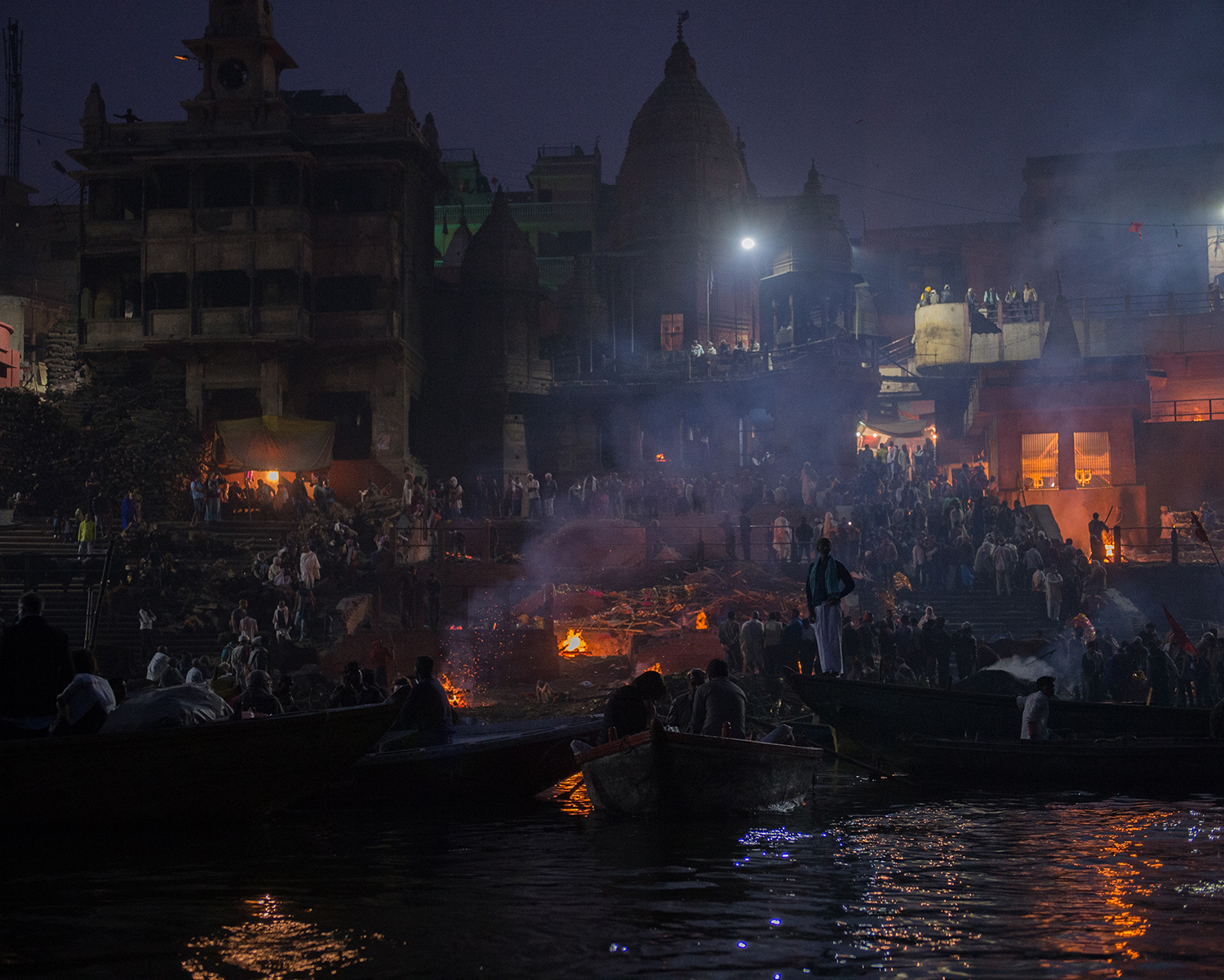
All one billion Hindus dream of being ritually buried on the bank of the Ganges. It is believed that if you are burnt in Varanasi you avoid the reincarnation cycle and immediately go to nirvana. The ritual of cremation has strict rules, the most important of them is to burn a body only on a fire fueled by natural wood.
The fires are burning 24 hours a day, 365 days a year. After cremation, the remains are thrown into the river. Some bodies — of monks, pregnant women, children, and lepers — are not burnt. A boat takes them to the middle of the river, and they are dumped in the water with a stone tied to them.
On the way to the ghats every person you meet thinks they have to warn a foreigner with a camera: “No photos, sir!” The most persistent people follow you, and tell you that it is prohibited to photograph the ritual and you could be detained by police for breaking this rule, placed in jail where they would beat you up, and later deported. After that, it usually turns out that the person who cares so much about you is directly involved in the cremation: his family has been keeping the fire alive for centuries, selling wood, flowers, and other ritual accessories.
As a rule, these conversations end with a business offer: to shoot a process of cremation from a close distance, near the relatives, for 1,000 rupees (about 15 dollars) for every click of a shutter release.
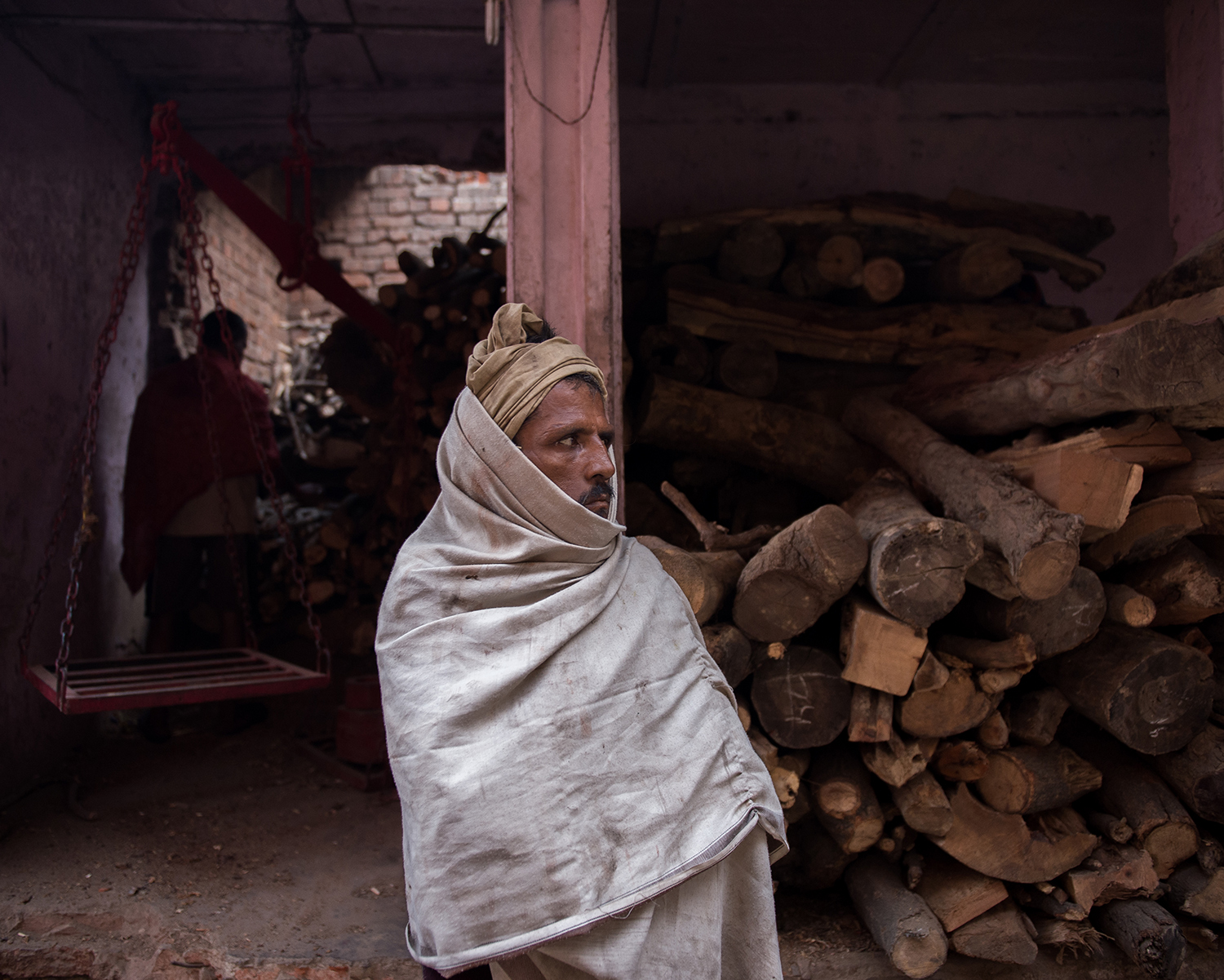
One of those guides didn’t leave me even after I refused to pay for shooting and offered to show me a way to the roof with a great view.
What I saw was indeed impressive. The guide said that this was the place where the richest Indians get cremated: the ceremonies were distinguished by a large number of various accessories and the looks of the deceased and their relatives. The guide wrapped in a shawl kept saying: “Take pictures while I am here — there will be no problems. Nobody would ask you for money.”
At some point I took three shots, and I could hear him counting loudly behind my back: “One, two, three! Three thousand rupees, sir!”
I refused to pay, and it led to a brawl: the guide pressed me against the wall, demanded rupees, and threatened me with the police. Soon another follower of ancient customs came to help him. I was lucky to have a friend with me who got me out of starting a fight.
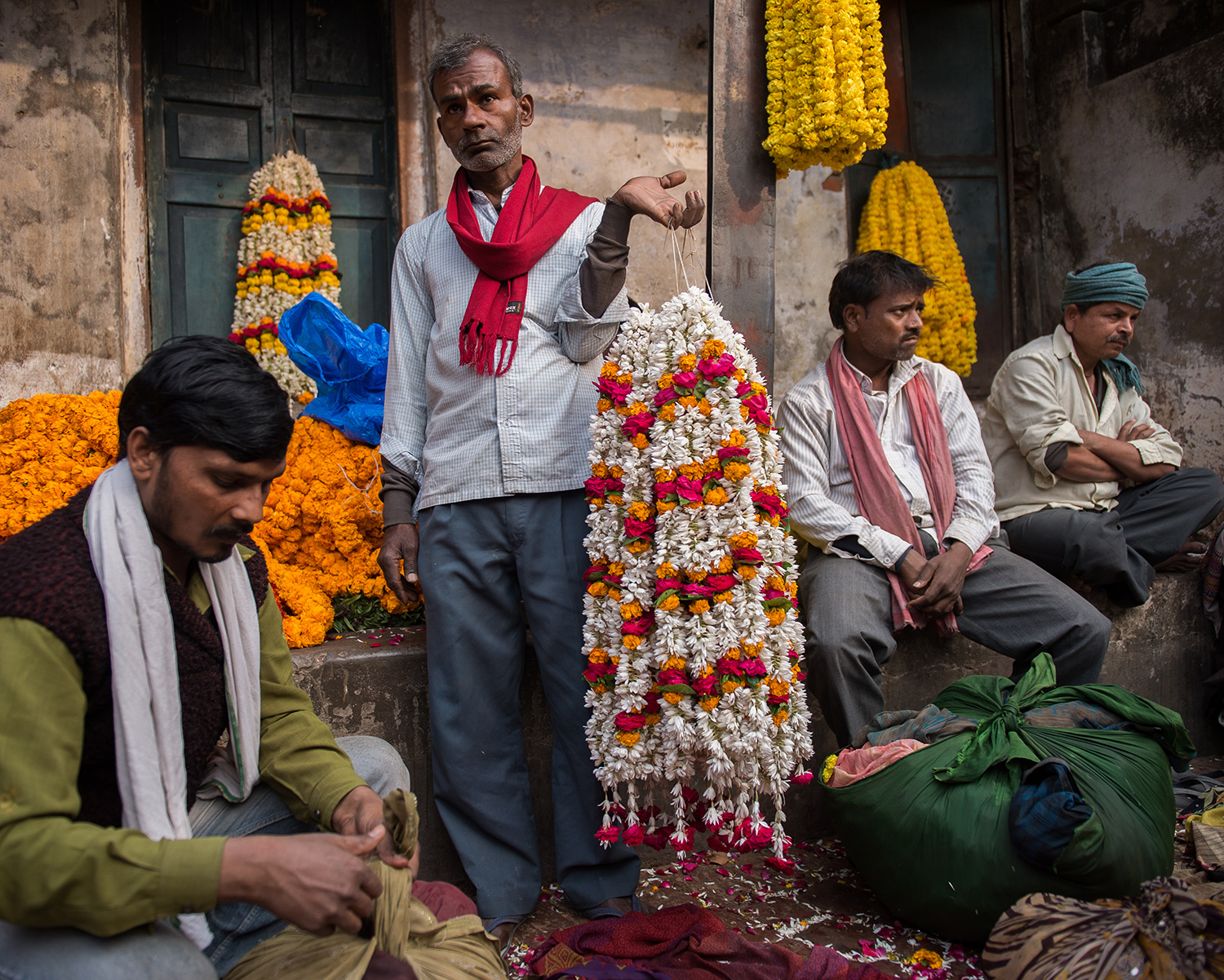
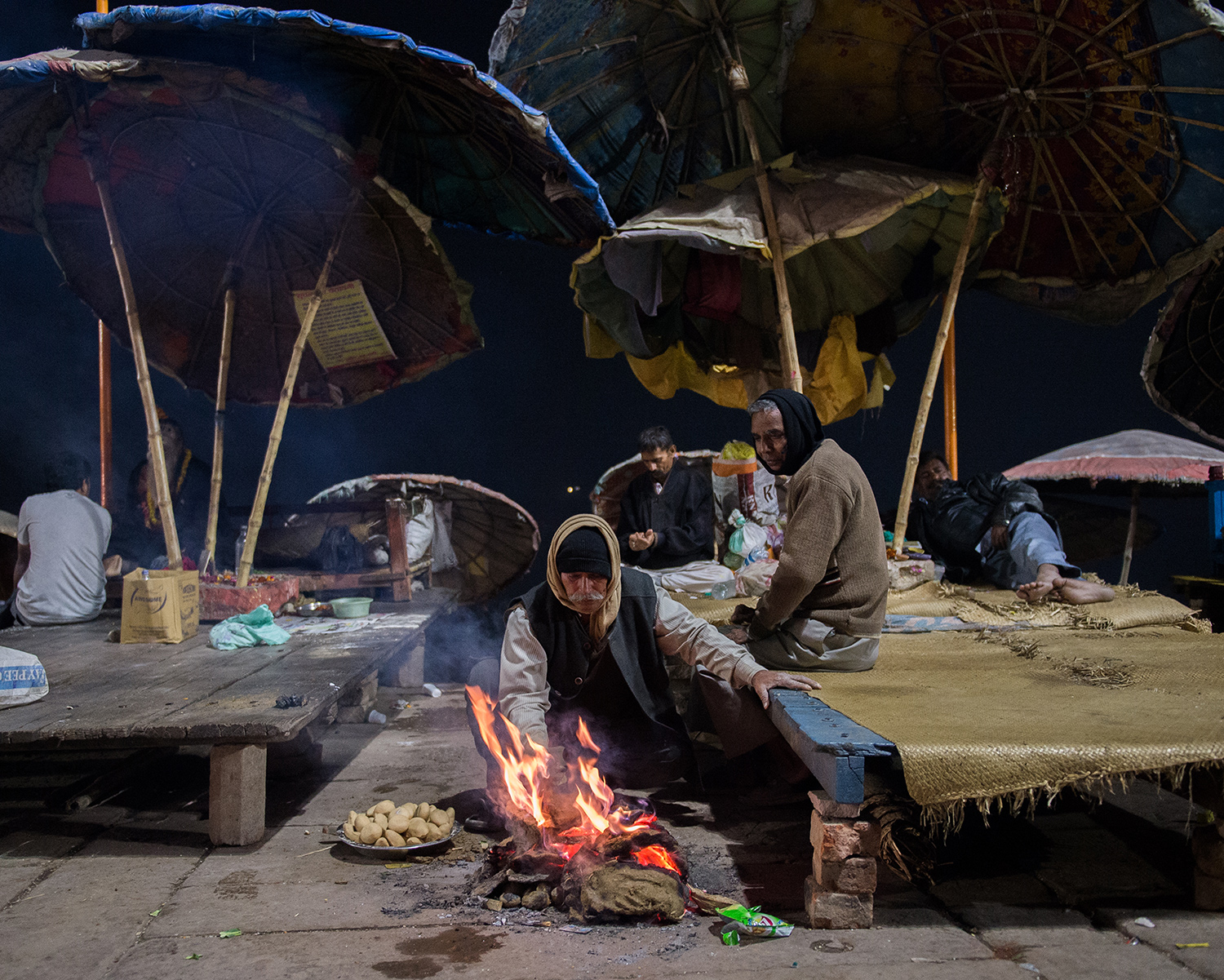
Those who don’t racketeer earn by lending boats. The tourist hears an insistent “Boat, sir?” everywhere he goes. The other services the foreigners are offered in Varanasi include a karma cleansing ritual, a haircut and a shave, tea, and drugs.
However, except for the burial ceremony, taking photographs in India is pure joy. People don’t seem to notice you, they don’t try to make their way into your frame, and they don’t pose. You can be taking pictures of someone for minutes, but they won’t say a word and will be looking past you.
